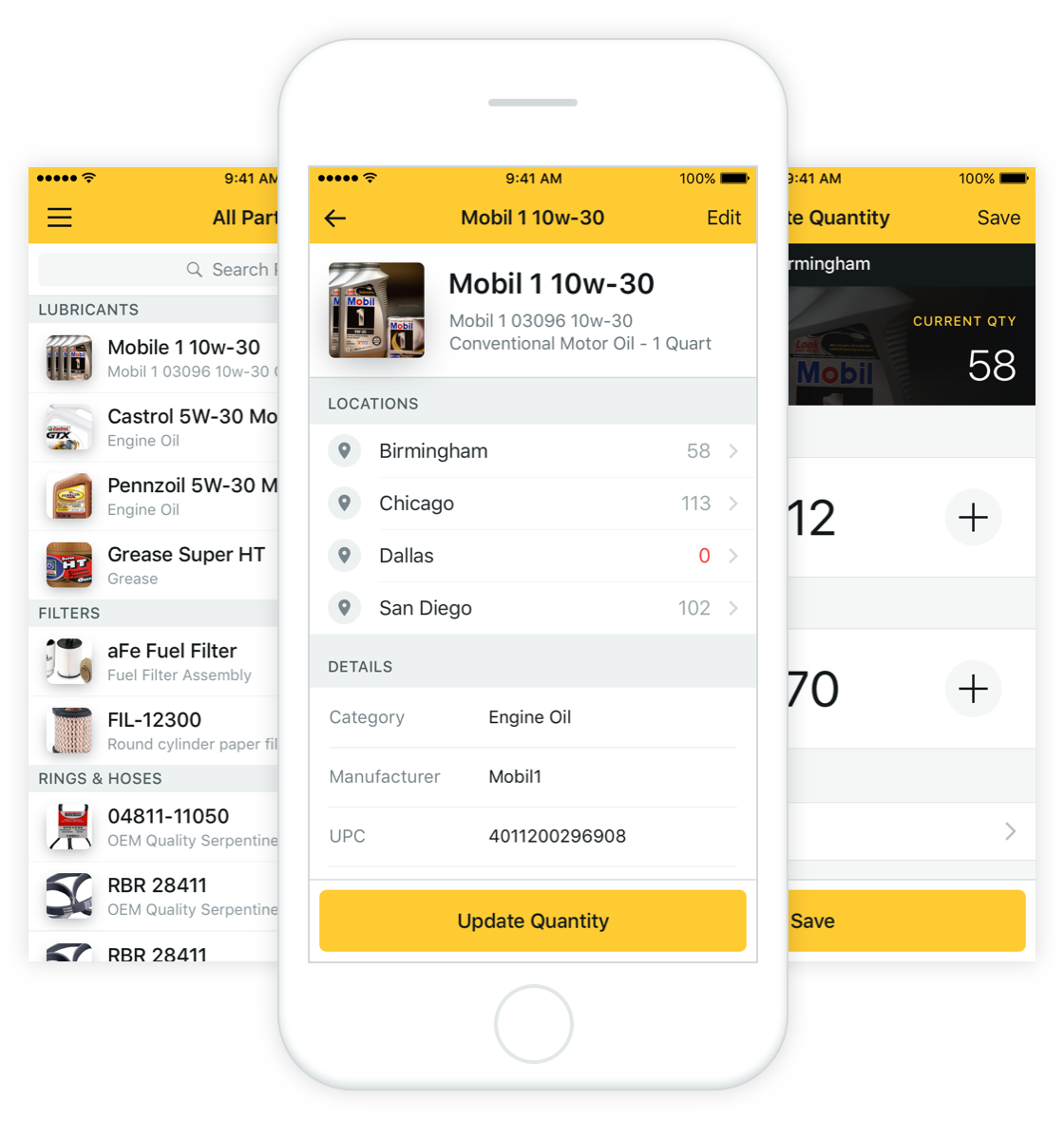The longer a vehicle stays in the shop, the longer it’s off the road and the more work it tends to accumulate.

As we discussed in 13 Ways to Improve Shop Productivity, we must plan our work, then work our plan to avoid downtime and excess maintenance costs. This is why planning and scheduling is a crucial first step in the fleet maintenance process.
There are usually five reasons why vehicles that are out of service cannot be made available for work:
- Parts not in stock or locally obtainable
- No personnel to perform work
- No vendor to perform work
- Warranty settlement difficulties
- Additional rebuilding or reconditioning time needed
It is evident that availability of equipment and parts greatly informs overall maintenance processes and productivity.
Here’s how to ensure the right equipment and parts are there right when you need them:
-
Set a goal in miles or hours of service (HOS) that a vehicle must be available and ready to hit the road.
-
Identify what your availability rate is now and work to improve it. Live by these equipment availability standards: - New equipment should be available 92 to 98 percent of the time. - Availability for old equipment could decline to around 80 to 85 percent.
-
Onboard an inventory management system to help manage and improve availability rate. - Helps fleets avoid stockouts and downtime - Provides real-time info on part quantities, location and usage - Records order history and helps compare vendor pricing
In our next post:
We’ll talk about another key aspect of shop productivity - mechanics.
Sources: Fleet Management, 11th Edition by John Dolce



